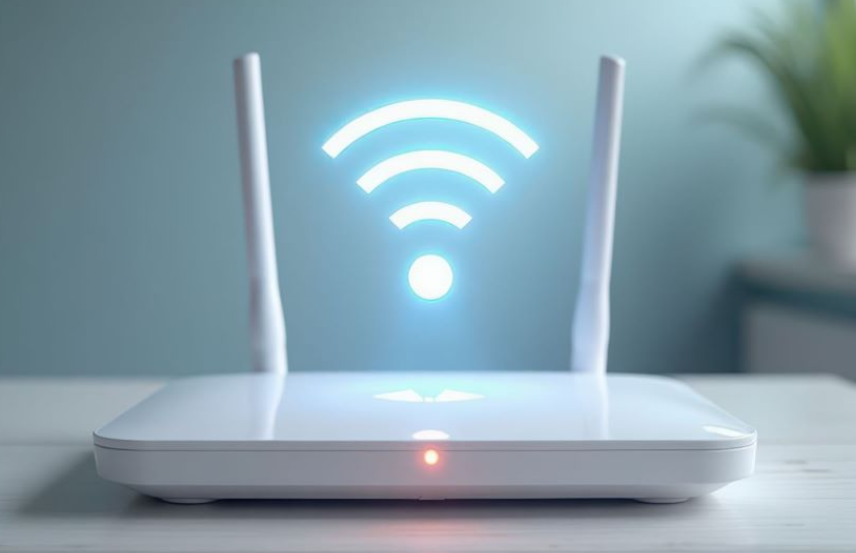While traditional home internet services continue to dominate the market, penetration of 5G home internet has enjoyed a threefold increase since Horowitz first started tracking the service in the 2023 Subscriptions study. Subscription to 5G home internet is higher among 18-34 year-old consumers (18 per cent), compared to their older counterparts (35-49 and 50+ year-olds, 11 per cent and 9 per cent respectively). A common misconception is that the service would have higher appeal for lower-income consumers given its relatively lower cost compared to cable or fibre. In fact, the Horowitz study finds that 5G home internet is growing similarly across income segments, including higher-income homes.
Satisfaction with 5G home internet is just as high as traditional home internet services, with 76 per cent of 5G customers giving high satisfaction ratings to the speed and 83 per cent giving high ratings to the service for reliability. Similarly, most traditional home internet subscribers report fast (80 per cent) and reliable (76 per cent) service.
“When 5G was first introduced, we predicted the service would give traditional cable and fibre internet providers a run for their money, especially given the high satisfaction and loyalty many consumers feel towards their mobile providers,” noted Adriana Waterston, Executive Vice President and Insights & Strategy Lead for Horowitz Research, a division of M/A/R/C Research. “What we are seeing in the marketplace is that indeed, consumers are bullish about 5G, and those who have it are very satisfied with the service. The fact that it is wireless within the home allows consumers to situate the gateway where they get the strongest signal in the home, which helps with reliability, and even though ‘on paper’ the speeds might not be as fast as some of the other options out there, for most households – even heavy streaming homes – the service does the job.”

